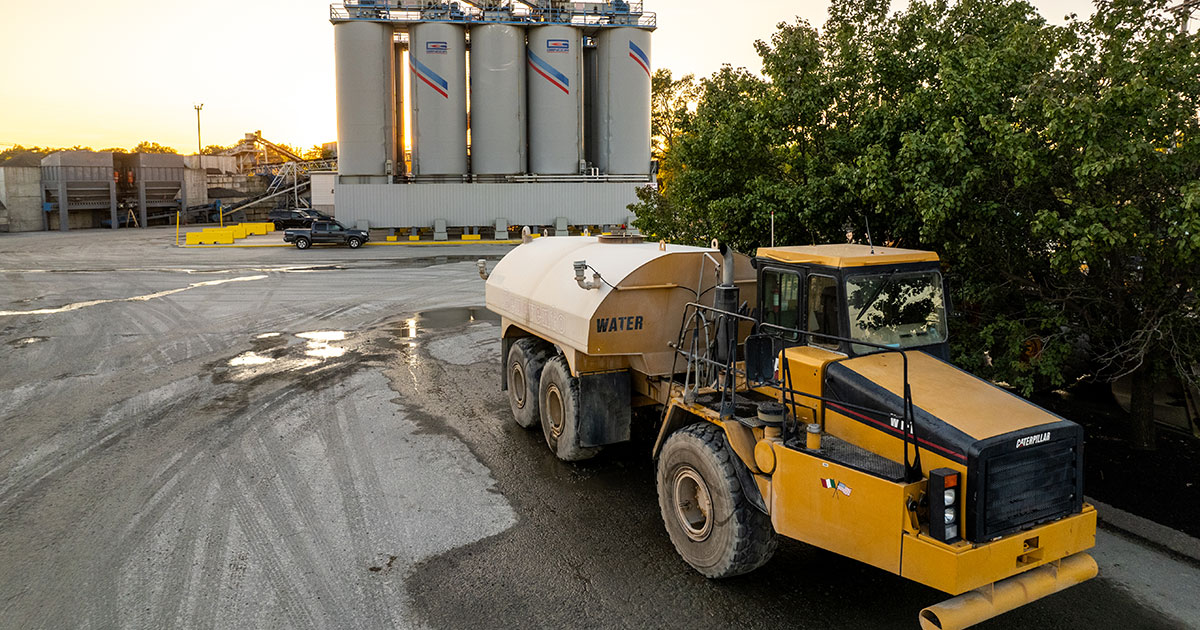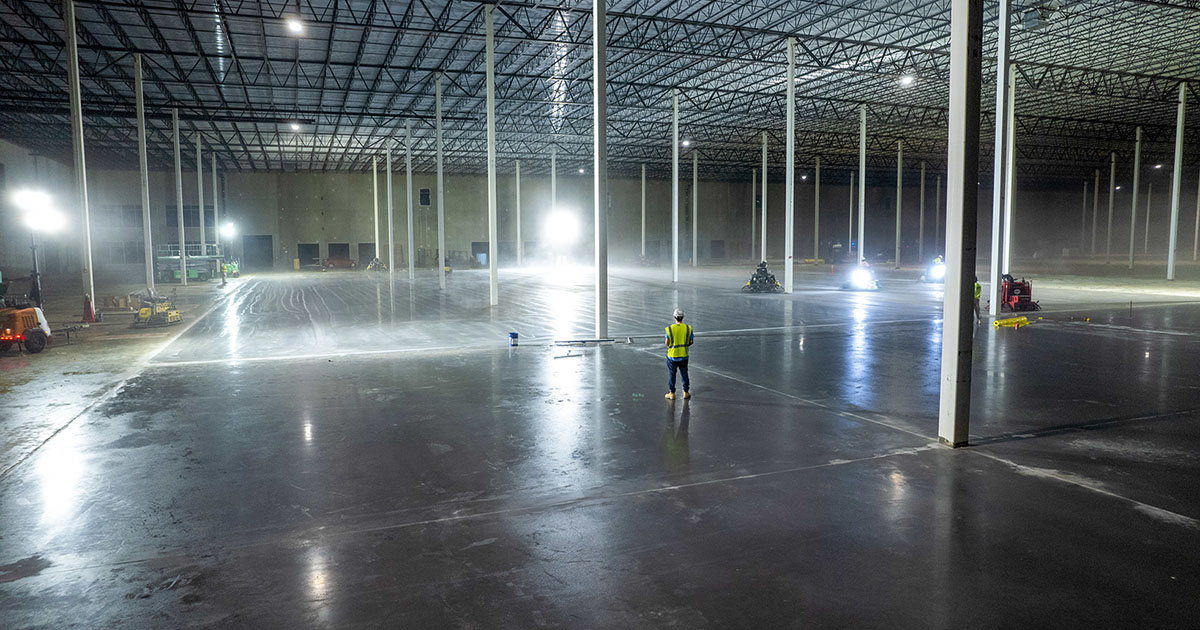
Expert Website Design for Contractors
In today’s competitive market, contractors need a website that reflects their expertise and professionalism. Website design for contractors goes beyond aesthetics; it’s about creating an online space where potential clients can explore services, view past projects, and understand what sets your company apart. A well-designed website can boost credibility, drive lead generation, and set the foundation for long-term business growth.
In this article, we’ll explore essential elements of contractor website design, from showcasing services and projects to optimizing for local SEO. By implementing these strategies, contractors can create a high-impact website that drives traffic and attracts new clients.
1. Why Website Design Matters for Contractors
A professional website builds trust with potential clients and positions your business as a reliable choice in a crowded market. For contractors, a strong website design serves as both a marketing tool and a portfolio, helping to turn casual visitors into serious leads.
Key Benefits of a Well-Designed Contractor Website:
- Enhanced Credibility: A clean, well-organized website demonstrates professionalism and reassures visitors of your expertise.
- Lead Generation: An optimized website attracts clients who are actively searching for your services, generating qualified leads for your business.
- Showcase of Capabilities: Through galleries, case studies, and testimonials, your website highlights the quality and scope of your work.
Investing in a professional website design can improve your online presence, helping you stand out in a competitive contracting industry.
2. Make Your Services Clear and Easy to Find
Visitors to your site should be able to quickly understand what you offer. Whether you specialize in home renovations, commercial contracting, or specialized construction, each service should be clearly represented with dedicated service pages that outline what clients can expect.
Tips for Highlighting Services:
- Service-Specific Pages: Create a separate page for each service (e.g., “Kitchen Remodeling,” “Custom Homes,” “Commercial Renovation”). Describe the service in detail, including the process, benefits, and what makes your approach unique.
- Add Visuals: Use photos, videos, or icons to visually represent each service. This helps clients immediately understand what you offer without needing to read through dense text.
- Calls-to-Action (CTAs): Place CTAs on each service page, such as “Get a Free Estimate” or “Contact Us Today,” to encourage clients to reach out.
By clearly outlining your services, you make it easy for clients to find the specific information they’re looking for, which improves the user experience and boosts engagement.
3. Highlight Past Projects with a Project Portfolio
For contractors, a project portfolio is one of the most powerful tools for showcasing skills and experience. A well-designed portfolio page can demonstrate the quality of your work, the scope of projects you handle, and the level of expertise you bring to each job.
How to Create an Effective Portfolio:
- Include High-Quality Images: Invest in professional photography for your completed projects. High-quality visuals make your portfolio more impressive and highlight the quality of your work.
- Detailed Project Descriptions: Accompany each project with a brief description. Include details such as project type, location, materials used, and any unique challenges you overcame.
- Organize by Project Type: Categorize projects by type (e.g., “Residential,” “Commercial,” “Custom Builds”) to make it easy for clients to find relevant examples.
A strong portfolio builds trust with potential clients, allowing them to see real examples of your craftsmanship and reliability.
4. Focus on Local SEO to Attract Nearby Clients
Since most contractors serve a specific geographic area, optimizing your website for local SEO is essential for reaching potential clients in your target location. Local SEO improves your visibility in local search results, making it easier for clients in your area to find you.
Local SEO Tips for Contractors:
- Location Keywords: Include location-based keywords throughout your website (e.g., “general contractor in Miami” or “home remodeling in Austin”). Mention your city or region in headings, meta descriptions, and service pages.
- Google My Business: Set up and optimize your Google My Business listing with accurate contact information, business hours, photos, and client reviews. This helps you appear in Google’s local pack and on Google Maps.
- NAP Consistency: Ensure your Name, Address, and Phone Number (NAP) are consistent across your website, social media profiles, and online directories.
By focusing on local SEO, you can increase your visibility among clients who are actively searching for contractors in your area.
5. Make Navigation Simple and Intuitive
A well-organized website with intuitive navigation helps clients easily find what they’re looking for. Your navigation menu should be clear, organized, and consistent across all pages.
Navigation Tips:
- Use Clear Labels: Label each menu item clearly (e.g., “Home,” “Services,” “Portfolio,” “About Us,” “Contact”). Avoid overly creative or ambiguous labels that might confuse visitors.
- Limit Menu Options: Stick to essential pages in your main navigation. Too many options can overwhelm visitors and make it harder for them to find important information.
- Mobile-Friendly Navigation: Ensure that your navigation is responsive and works smoothly on mobile devices. A collapsible menu (e.g., a hamburger menu) can make it easier for mobile users to navigate.
Easy navigation keeps users on your site longer and makes it more likely they’ll explore multiple pages, which increases the chances of conversion.
6. Use Strong Calls-to-Action (CTAs) to Drive Engagement
To convert visitors into clients, your website should have clear, compelling CTAs that encourage visitors to take action. Well-placed CTAs guide clients toward the next steps, such as requesting a quote or contacting you for more information.
Effective CTAs for Contractor Websites:
- “Request a Quote”: Invite clients to get a free quote or consultation. This CTA is ideal for clients who are ready to discuss their project needs.
- “View Our Portfolio”: Direct clients to your portfolio to see examples of your past work. This CTA works well on the homepage and service pages.
- “Contact Us Today”: Make it easy for clients to get in touch with you by placing a “Contact Us” button in the header or footer. Include phone numbers or email links to facilitate direct contact.
By including CTAs on every page, you create a seamless experience that encourages clients to connect with your company.
7. Incorporate Client Testimonials for Social Proof
In the contracting business, client trust is paramount. Adding testimonials from satisfied clients helps build credibility and assures visitors of your reliability and skill.
Tips for Using Testimonials:
- Place Testimonials Throughout the Site: Include client testimonials on your homepage, service pages, and portfolio pages to reinforce your credibility.
- Video Testimonials: If possible, include video testimonials, as they can be more impactful and give potential clients a firsthand look at satisfied clients’ experiences.
- Third-Party Reviews: Integrate reviews from Google My Business, Yelp, or Houzz to add an extra layer of authenticity.
Testimonials act as powerful endorsements, providing potential clients with the reassurance they need to take the next step.
8. Optimize for Mobile and Speed
With more clients browsing on mobile devices, your website must be mobile-friendly and load quickly. A slow or poorly optimized website can discourage potential clients from staying on your site, reducing your chances of generating leads.
Mobile Optimization Tips:
- Responsive Design: Use a responsive design that automatically adjusts to fit any screen size, ensuring your website looks professional on smartphones, tablets, and desktops.
- Fast Load Times: Optimize images and reduce file sizes to improve load speed. Use tools like Google PageSpeed Insights to identify and resolve speed issues.
- Mobile-Friendly CTAs: Make sure CTAs and buttons are easy to click on mobile devices to encourage user engagement.
A mobile-friendly, fast-loading website enhances the user experience and helps with search engine rankings, making it easier for clients to find and connect with you.
9. Build a Comprehensive “About Us” Page
An About Us page gives clients insight into who you are, your experience, and what makes your company unique. This page builds a personal connection and reassures clients that they’re working with a team they can trust.
What to Include on Your About Page:
- Company History: Share your company’s story, including how it started and the values that drive your work.
- Team Profiles: Introduce key team members with short bios, showcasing their expertise and roles within the company.
- Mission and Values: Highlight your commitment to quality, client satisfaction, safety, or sustainability.
A compelling About Us page helps clients connect with your company on a personal level, building trust and loyalty.
10. Add Interactive Features to Increase Engagement
Interactive features make your website more engaging and can help potential clients learn about your services in a more hands-on way. These tools add value to the visitor’s experience and encourage them to spend more time on your site.
Examples of Interactive Elements:
- Cost Estimator Tool: Allow visitors to input project parameters (e.g., project type, square footage, materials) to receive a rough project estimate. This feature can encourage visitors to reach out for a more detailed quote.
- 360-Degree Virtual Tours: Showcase completed projects in an immersive, 360-degree format, giving clients a comprehensive view of your work.
- Interactive Project Timelines: Offer a visual timeline that breaks down the typical stages of a project, helping clients understand the process and what to expect.
Interactive elements keep visitors engaged and can serve as useful decision-making tools, leading them one step closer to contacting your business.
11. Integrate a Blog to Educate and Build Authority
A blog allows you to share valuable information, demonstrate your expertise, and improve your website’s SEO. Providing educational content builds trust with potential clients and keeps them coming back to your site.
Blog Topic Ideas:
- Construction Tips: Share helpful tips, such as “Preparing Your Home for Renovations” or “Choosing the Right Contractor for Your Project.”
- Industry Trends: Write about current trends, like eco-friendly building materials, modern renovation styles, or sustainable construction techniques.
- Project Spotlights: Showcase recent projects with in-depth descriptions of the work done, challenges faced, and solutions provided.
A blog not only positions you as a thought leader but also drives organic traffic, as your posts can rank for relevant search terms, attracting more visitors to your site.
12. Emphasize Safety Standards and Certifications
Safety is a significant concern in the construction industry, and highlighting your commitment to safety can set you apart from competitors. Many clients will appreciate knowing that you prioritize safe practices, which can increase their trust in your company.
Ways to Emphasize Safety:
- Dedicated Safety Page: Create a page that outlines your safety protocols, certifications, and any specific training your team completes.
- Safety Badges and Logos: If you hold safety certifications (e.g., OSHA), display these badges on your website to communicate your adherence to industry standards.
- Highlight Safety in Case Studies: Mention any safety measures taken on project sites, particularly for high-risk or large-scale projects.
Emphasizing safety can reassure clients, particularly those undertaking significant construction or renovation projects.
13. Provide a FAQ Section to Address Common Client Questions
A Frequently Asked Questions (FAQ) section improves the user experience by answering potential clients’ common questions. It can reduce uncertainty, build trust, and save time by addressing routine inquiries.
Common FAQ Topics:
- Pricing and Payment Terms: Explain how estimates are calculated, typical payment structures, and financing options if available.
- Project Timelines: Provide general timelines for various services, helping clients set realistic expectations.
- Preparation Tips: Offer guidance on how clients can prepare their homes or businesses for a construction project.
An FAQ section serves as a valuable resource that anticipates client needs, making the decision-making process smoother and instilling confidence in your expertise.
14. Showcase Sustainability and Eco-Friendly Practices
Sustainable construction practices are becoming increasingly important for both residential and commercial clients. Showcasing your commitment to eco-friendly methods can differentiate your business and appeal to environmentally conscious clients.
Sustainability Content Ideas:
- Green Building Practices: Detail any sustainable materials, energy-efficient designs, or eco-friendly processes you use in projects.
- Certifications and Partnerships: If your company has green certifications (e.g., LEED) or partnerships with sustainable suppliers, display them on your website.
- Case Studies Focused on Eco-Friendly Projects: Include examples of past projects where you incorporated sustainable practices, such as solar panel installations, green roofing, or recycled materials.
Promoting sustainability can help you attract clients who prioritize environmental responsibility, enhancing your reputation and expanding your client base.
15. Leverage Analytics to Continuously Improve
Once your website is live, using analytics tools can help you understand user behavior, identify popular pages, and pinpoint areas that may need improvement. Regular analysis enables you to make informed decisions and optimize your site for better performance and higher conversions.
Key Metrics to Monitor:
- Traffic Sources: Track where your visitors are coming from (e.g., search engines, social media, referrals) to focus on high-performing channels.
- Conversion Rate: Measure the percentage of visitors who take meaningful actions, such as filling out a contact form or requesting a quote.
- User Flow: Analyze the path visitors take on your site to identify drop-off points and optimize page layout or content accordingly.
Regularly assessing analytics data helps you understand how your audience interacts with your site, enabling you to make adjustments that enhance the user experience and lead generation.
16. Add a Careers Section to Attract Talent
If you’re actively recruiting, a well-designed careers section on your website can help you attract skilled professionals. An engaging careers page allows you to communicate your company culture and showcase the benefits of working with your team.
Key Elements for a Careers Page:
- Job Listings: Include open positions with detailed job descriptions, required qualifications, and instructions on how to apply.
- Company Culture: Share information about your team, work environment, and values. Photos of your team in action or at company events can make the page more engaging.
- Employee Testimonials: Feature testimonials from current employees to give potential hires insight into the work experience at your company.
A well-crafted careers page can help you build a talented team, which ultimately supports the quality of work your company delivers.
17. Provide Downloadable Resources for Lead Generation
Downloadable resources, such as guides, checklists, or project planning templates, can add value to your site and encourage visitors to provide their contact information. This is an effective lead generation tool, as it allows you to follow up with potential clients who have shown interest in your services.
Downloadable Content Ideas:
- Project Planning Guide: Offer a guide that helps clients prepare for renovations or new builds, covering budgeting, timelines, and design considerations.
- Construction Process Checklist: Provide a checklist detailing the steps of a typical construction project, which can help clients understand what to expect.
- Home Maintenance Tips: Share a seasonal maintenance checklist or guide to keep properties in good condition, positioning your company as a helpful resource even after the project is completed.
By gating valuable content behind a simple lead form, you can capture contact details and nurture these leads into clients over time.
Building a High-Impact Website for Contractors
In the contracting industry, a professionally designed website is essential for attracting new clients, showcasing expertise, and building credibility. By focusing on clear service descriptions, an engaging portfolio, local SEO, and strong CTAs, contractors can create a website that not only drives traffic but also converts visitors into clients.
A well-developed website serves as a powerful marketing tool, helping contractors stand out in a competitive market and establish a strong online presence that drives growth.









